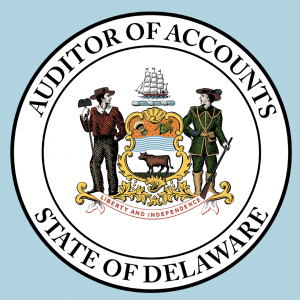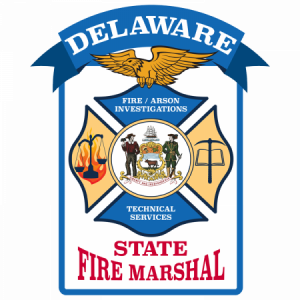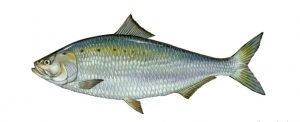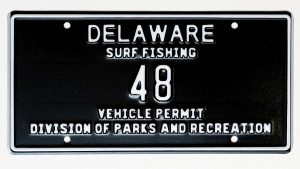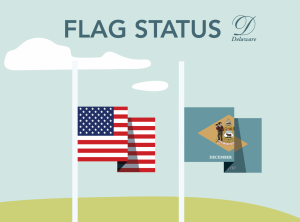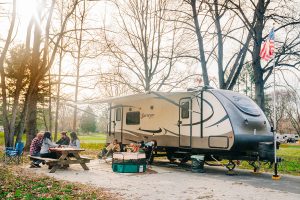
DNREC uses controlled, or prescribed, burns to manage meadows and create more suitable habitats for native species like, clockwise from left, the monarch butterfly, common yellowthroat bird, eastern bluebird and orange sulphur butterfly. DNREC Photos
The Delaware Department of Natural Resources and Environmental Control is working with the Delaware Department of Agriculture to execute a controlled burn at Brandywine Creek State Park in February or March. This prescribed burn will help manage nearly 30 acres of meadowland near the park’s nature center.
While much of the natural area managed by the DNREC Division of Parks and Recreation is forested, Brandywine Creek State Park is known for its vast meadowland views divided by blue gneiss stone walls. The last controlled burn at BCSP was held in 2013.
Prescribed burning is a meadow management technique, which mimics natural fire and is used periodically in place of annual mowing, to halt progression of meadowland so it does not become a forest. Additionally, this controlled burn should encourage the growth of native wildflowers and warm season grasses. This plant growth creates more suitable habitats for nesting grassland birds like the eastern bluebird and common yellowthroat, native pollinator insects like the orange sulphur and monarch butterflies, and other grassland-dependent animals.
The DNREC Division of Parks and Recreation is coordinating with DNREC’s Division of Air Quality and the DDA Forest Service to perform the burn on a single day, to be determined by weather, personnel availability and open burning approval. BCSP will be closed on the date of the burn and the exact date will be announced on the park’s Facebook and Instagram accounts, once it is known.
About DNREC
The Delaware Department of Natural Resources and Environmental Control protects and manages the state’s natural resources, protects public health, provides outdoor recreational opportunities, and educates Delawareans about the environment. The DNREC Division of Parks and Recreation oversees more than 26,000 acres in 17 state parks and the Brandywine Zoo. For more information, visit the website and connect with @DelawareDNREC on Facebook, Instagram, X (formerly known as Twitter) or LinkedIn.
Media Contacts: Shauna McVey, shauna.mcvey@delaware.gov; Michael Globetti, michael.globetti@delaware.gov
###








